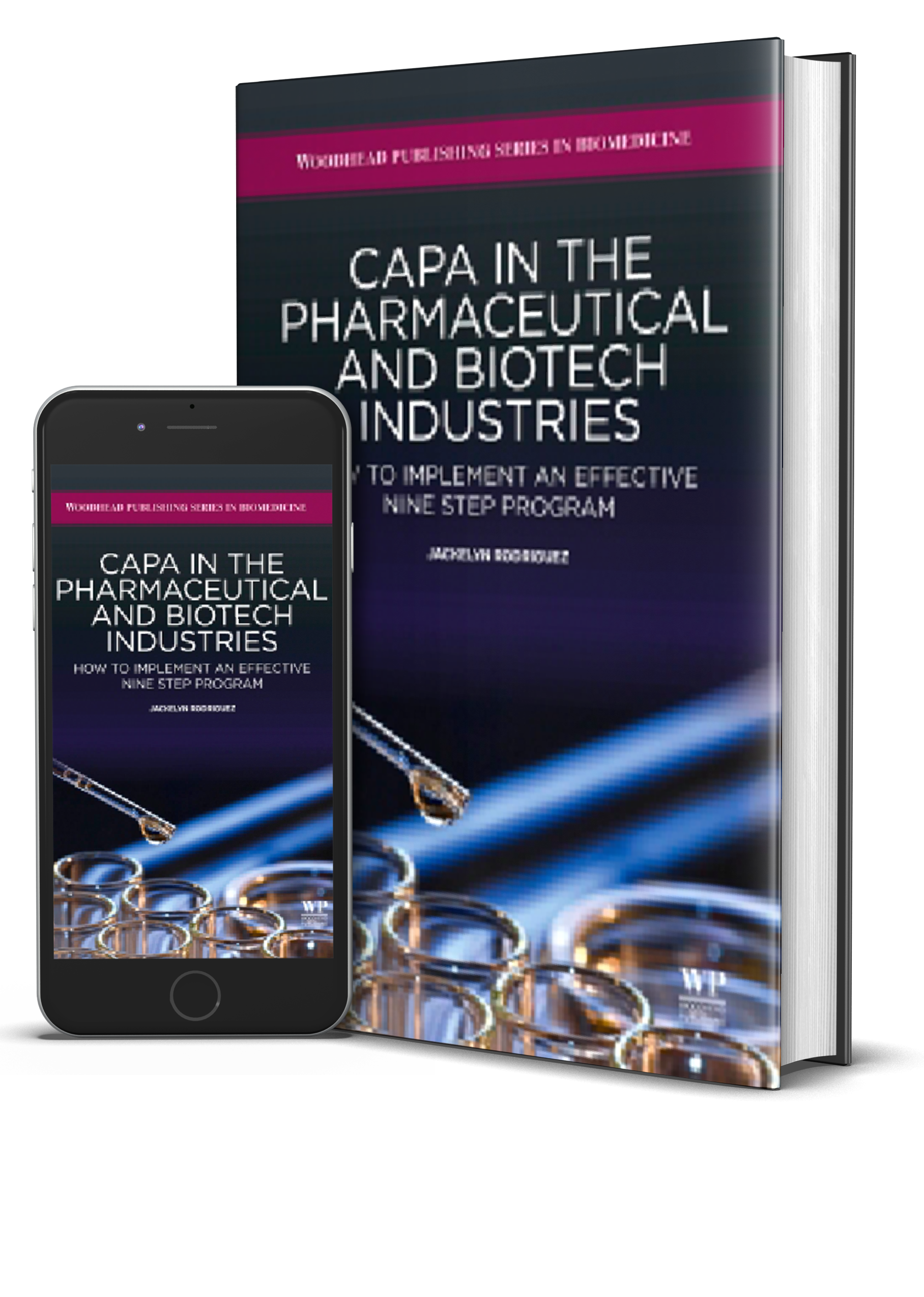
Auditing for Medical Devices: EN ISO 13485:2016 How to implement Changes
Course Description - Course runs 9:00am - 5:00pm (Breakfast & Lunch Included)
This continually updated course covers the changes to compliance requirements with respect to managing a medical device quality system.
Topics to be discussed are: EN ISO 13485:2016, the differences between it and EN ISO 13485:2003, how the projected changes in the MDD in 2017 and MDSAP may affect the application
of the standard, and how the normalization of language with 21 CFR 820 redefines common definitions.
Who Should Attend
This 2-day course will be most valuable to medical device quality assurance professionals involved in the evaluation of compliance of their Quality Systems and independent auditors needing an understanding of the gaps in auditing and auditing process between EN ISO 13485:2003 and EN ISO 13485:2016. The course provides context for meeting the auditing requirements of ISO 19011:2011 with specific focus on the applicability to the transition to EN ISO 13485:2016. Personnel involved in quality assurance, compliance or regulatory affairs who need to assess
Quality Management Systems (internal or third-party) of the changes to EN ISO 13485:2016 will benefit from this course. Additionally, this program can be customized and delivered on-site for more-experienced personnel (including middle and upper management) to update and broaden their knowledge of the audit process.
First Day
Introduction to ISO 13485:2016 Requirements
- Introduction
- Objectives for the Course
- Understanding the Compliance Framework for Medical Devices
- Scope of ISO 13485:2016
- ISO 13485 Basic Concepts
Key Concepts
- Risk Based Framework
- MDSAP – Medical Device Single Audit Program
- Quality System Framework
- Quality System Framework – The Basis for Compliance
- ISO 13485 vs ISO 9001
General and Annexes
- Clause 0-3
- Annexes ZA, ZB, ZC
Clause 4 – Quality Management System
- Documentation (4.2)
- Control of Documents (4.2.2)
- Medical Device File (4.2.3)
- Quality Manual (4.2.4)
- Control of Records (4.2.5)
Clause 5 – Management Responsibility
- Management Commitment (5.1)
- Customer Focus (5.2)
- Quality Policy (5.3)
- Planning (5.4)
- Responsibility, Authority, and Communication (5.5)
- Management Review (5.6)
Clause 6 – Resource Management
- Provisioning of Resources (6.1)
- Human Resources (6.2)
- Infrastructure (6.3)
- Work Environment and Contamination Control (6.4)
Clause 7 – Product Realization
- Planning of Product Realization (7.1)
- Customer Related Processes (7.2)
- Design and Development (7.3)
- Purchasing (7.4)
- Production and Service Provisioning (7.5)
- Control and Monitoring or Measuring Equipment (7.6)
Clause 8 – Measurement, Analysis, and Improvement
- Monitoring and Measurement (8.2)
- Control of Non-Conforming Product (8.3)
- Analysis of Data (8.4)
- Improvement (8.5)
- Production and Service Provisioning (7.5)
- Control and Monitoring or Measuring Equipment (7.6)
Learning Objectives
Upon completion of this course, attendees will understand the framework for identifying the gaps in existing Quality Management Systems that need to transition from EN ISO 13485:2003 to ISO 13485:2016 within the transition period. This gap assessment process will let the Quality Management function prepare a quality plan to address the compliance changes and prepare for
meeting the ISO 13485:2016 requirements. Through the use of interactive instruction, this course will cover the changes to the ISO standard based on the difference to the 2003 version. Several exercises will be completed by attendees to reinforce key concepts. Participants will receive extensive course notes that are designed to be used as reference material once the course is completed.


